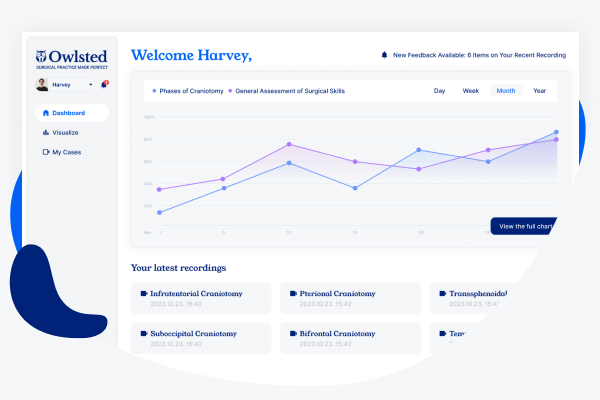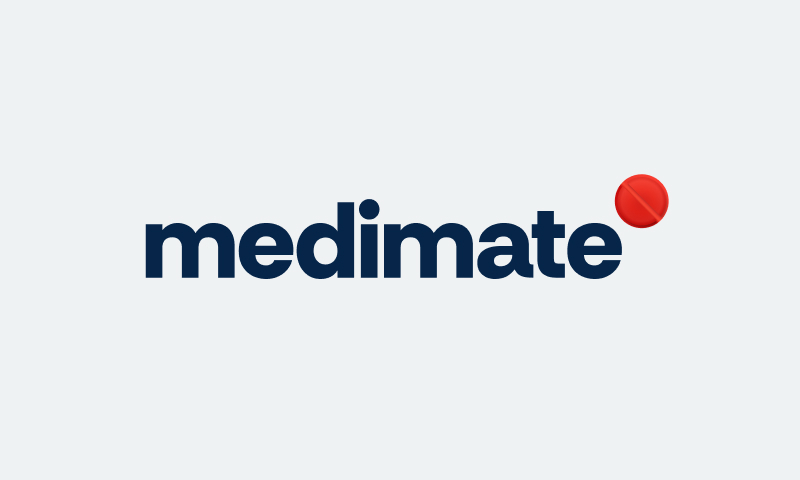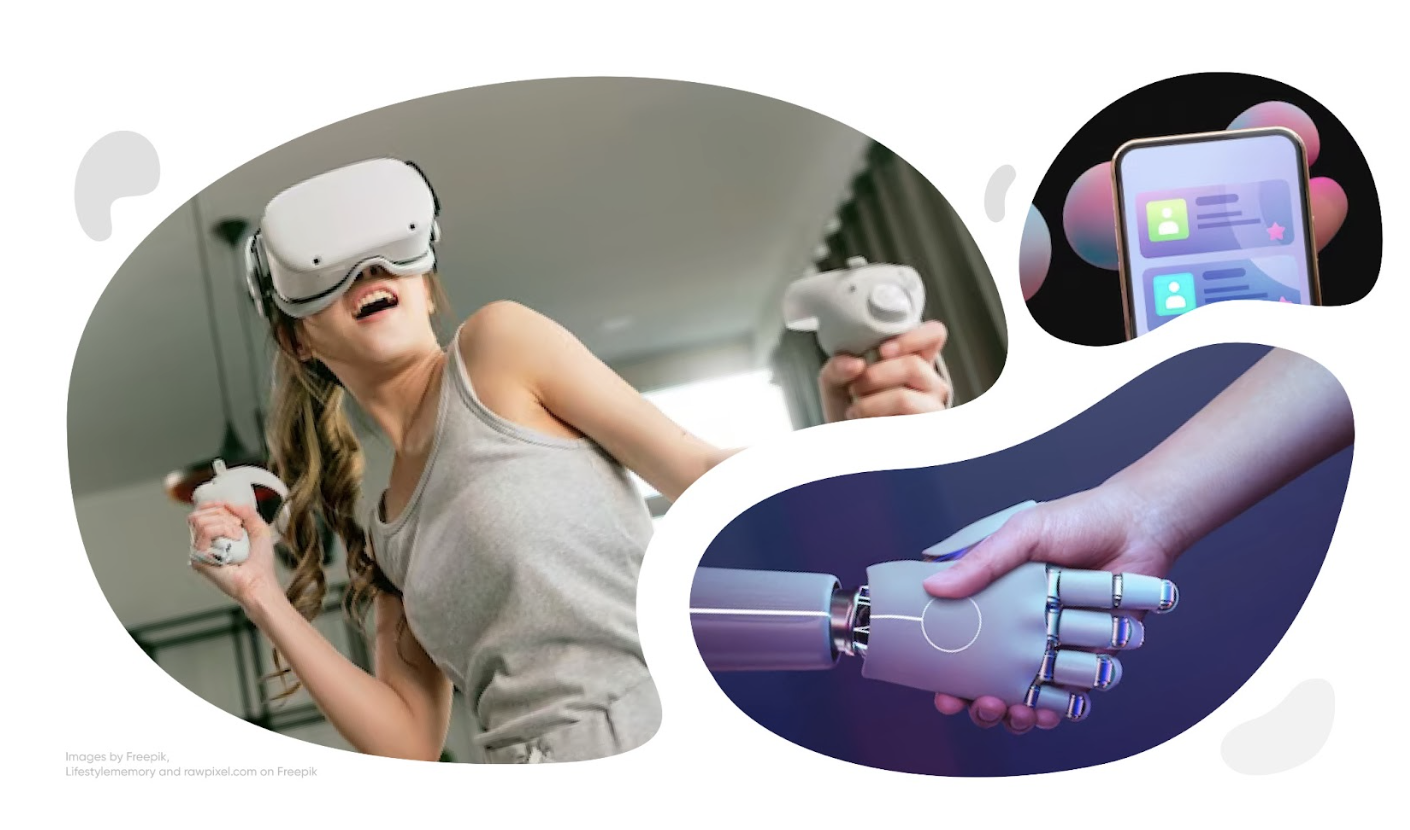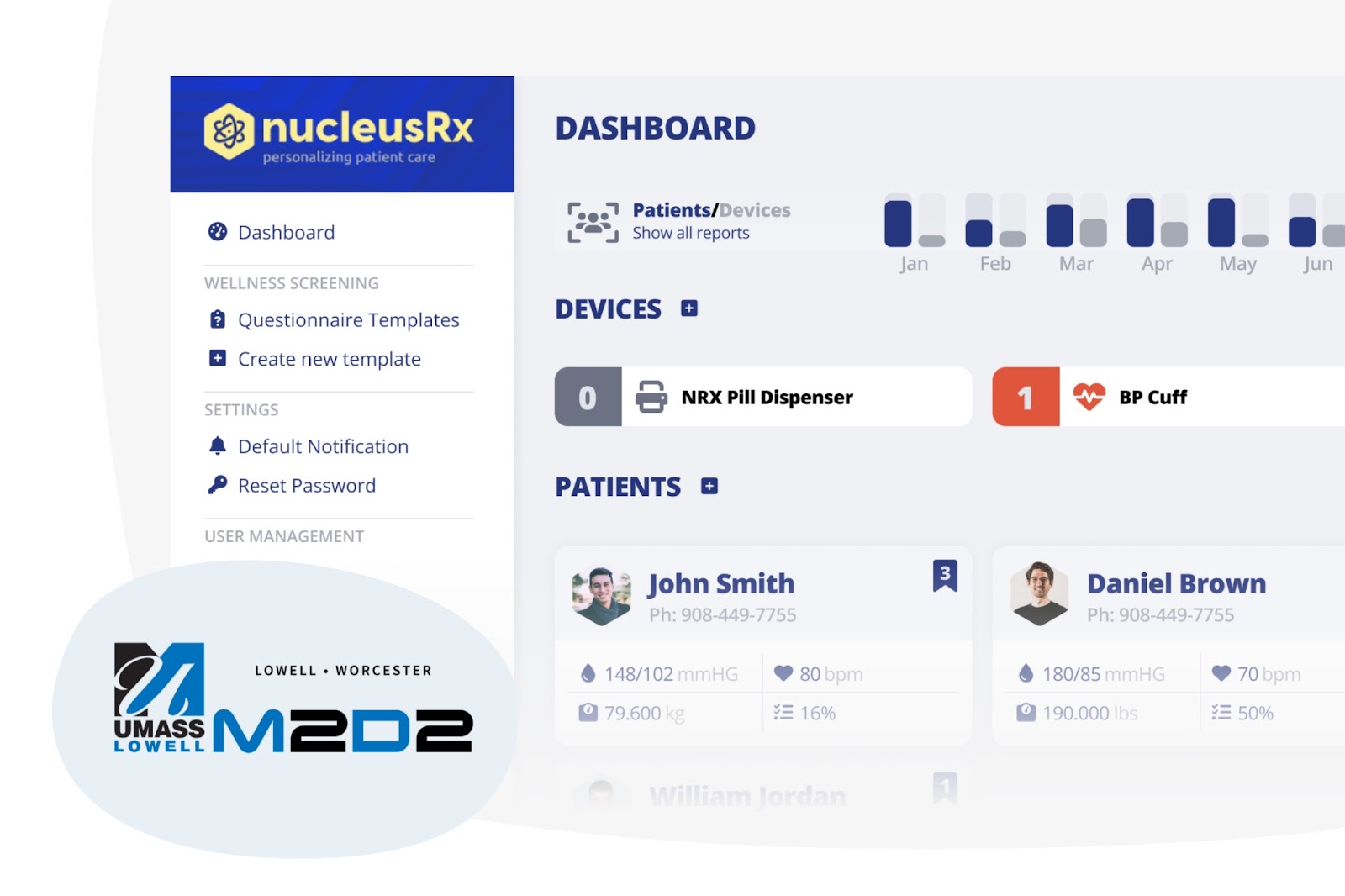Unlocking design harmony: The evolution and advantages of Atomic Design systems
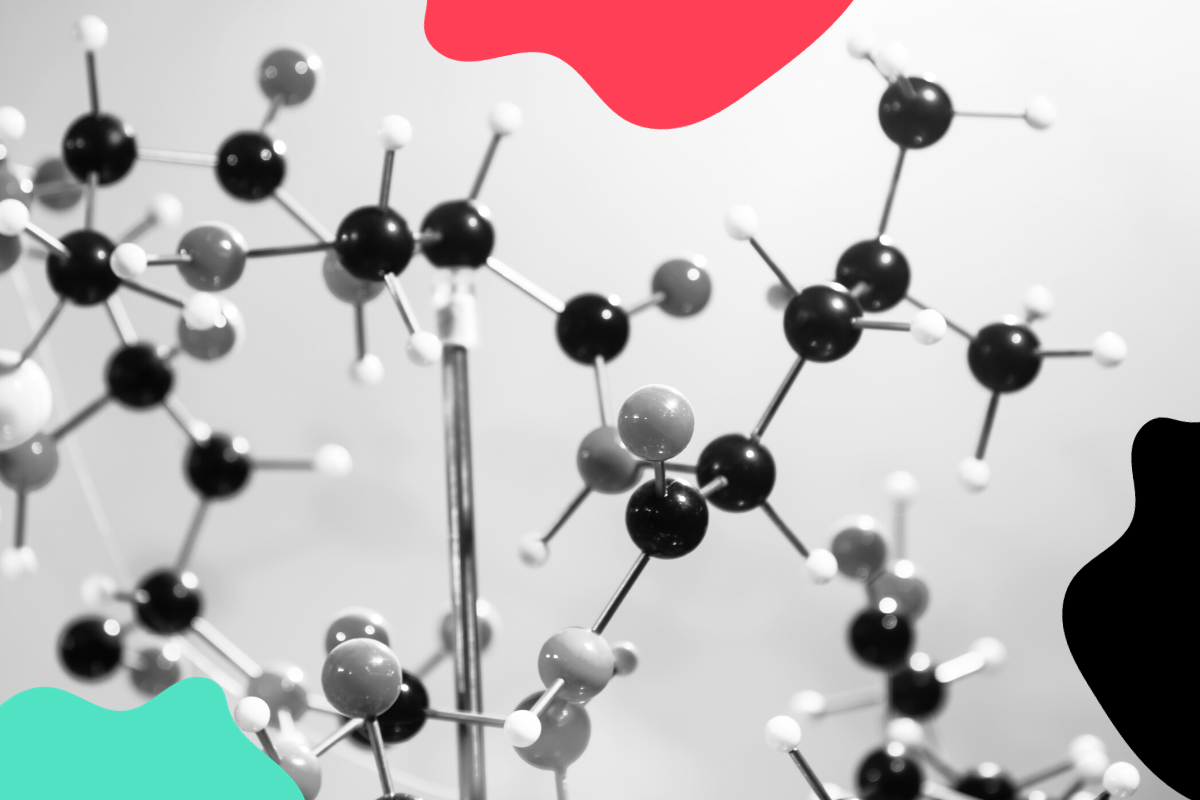
The history of web design is a fascinating journey that has evolved alongside the development of the World Wide Web itself. Before the introduction of design systems, web design was less structured and relied on ad-hoc methods. Before the introduction of design systems designers and developers faced challenges related to consistency, efficiency, and collaboration, as each project required a largely bespoke design and coding effort.
Design systems emerged as a solution to these challenges, providing a structured framework for creating and maintaining consistent and reusable design components across web projects. As we understand them today, gained prominence in the 2010s. While the concept of design systems has roots in earlier design and development methodologies, it became more formalized and recognized as a best practice during this decade.
Brad Frost introduced the concept of Atomic Design in 2013. Atomic Design is a methodology that breaks down design elements into smaller, reusable components like atoms, molecules, organisms, and templates, facilitating consistency and efficiency in web design.
What is Atomic Design System?
The Atomic Design approach comprises five essential stages, each of significant importance within the structure of any design system:
- Atoms
- Molecules
- Organisms
- Templates
- Pages
⚛️ Atoms
At the core of Atomic Design are Atoms, which represent the most basic building blocks of a user interface. Atoms are individual elements like buttons, input fields, icons, and text styles. They are the foundation and cannot be broken down further.
🧬 Molecules
Molecules are created by combining multiple atoms together to form more complex, yet still relatively simple, components. For example, a search form might be a molecule consisting of an input field (atom), a button (atom), and a label (atom) grouped together.
👨👩👧👦 Organisms
Organisms are even more complex components that are built by combining molecules and atoms. These can be standalone sections of a user interface, such as a navigation menu, header, footer, or sidebar.
🗒️ Templates
Templates provide the structure for a page or layout. They are essentially wireframes that dictate where organisms, molecules, and atoms should be placed on a page. Templates do not include styles or real content but serve as a blueprint.
🖥️ Pages
Finally, Pages are where the actual content and visual design come into play. Pages are created by filling in the templates with real text, images, and styles. This is where the design takes its final form, and user interactions are implemented.
10 reasons why to use Atomic Design
Atomic Design offers several benefits to designers, developers, and organizations working on web and app development projects. Here are the key advantages of using Atomic Design:
1. Consistency in Design
Atomic Design enforces a structured approach where design elements (atoms, molecules, organisms) are defined and reused consistently throughout a project. This results in a cohesive and harmonious user interface, reducing design discrepancies.
2. Efficiency
Designers and developers can work more efficiently because they have a predefined set of components to work with. This eliminates the need to recreate design elements from scratch for each project, saving time and effort.
3. Reusability
Atomic Design encourages the creation of reusable components. Once you’ve designed and coded an atom or molecule, you can use it across multiple projects. This reduces redundancy and ensures that tested and approved components are reused.
4. Scalability
Design systems built on Atomic Design principles are highly scalable. As projects grow or evolve, you can easily expand your design system by adding new components at the atomic level and integrating them into molecules, organisms, templates, and pages.
5. Streamlined collaboration
Atomic Design promotes collaboration among design and development teams. Everyone works from the same design system, making it easier to communicate and ensure that the design is accurately implemented.
6. Flexibility
Despite its structured approach, Atomic Design allows for flexibility. Designers and developers can mix and match components to create unique layouts and interfaces while still maintaining a consistent look and feel.
7. Ease of maintenance
When updates or changes are needed, you can make them at the atomic level. Any modifications automatically propagate throughout the entire system, ensuring that changes are applied consistently.
8. Developer-friendly
Developers benefit from the clear and modular structure of Atomic Design. It simplifies the coding process, reduces the chance of errors, and makes it easier to maintain and update codebases.
9. Testing and Quality Assurance
Design systems based on Atomic Design make it easier to conduct quality assurance and user testing. Since components are consistent, you can focus testing efforts on specific elements and interactions.
10. Improved User Experience
Atomic Design promotes the creation of user-friendly interfaces by ensuring that design elements and components are well-thought-out, tested, and reused. This results in a better overall user experience.
In summary, Atomic Design is a methodology that brings structure and organization to the design and development process, leading to more efficient, consistent, and adaptable design systems. These benefits ultimately contribute to the success of web and app projects by improving both the user experience and the productivity of design and development teams.

